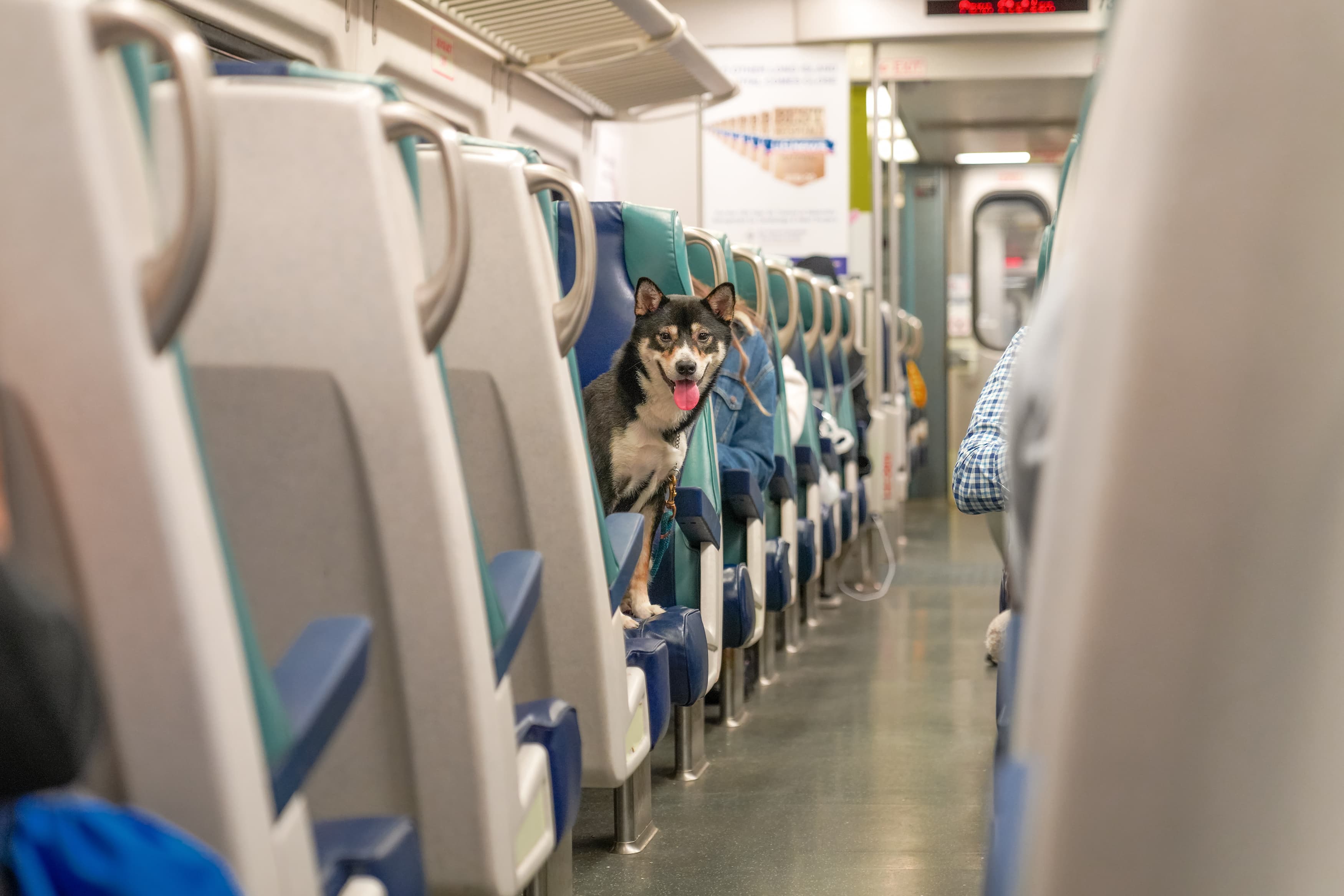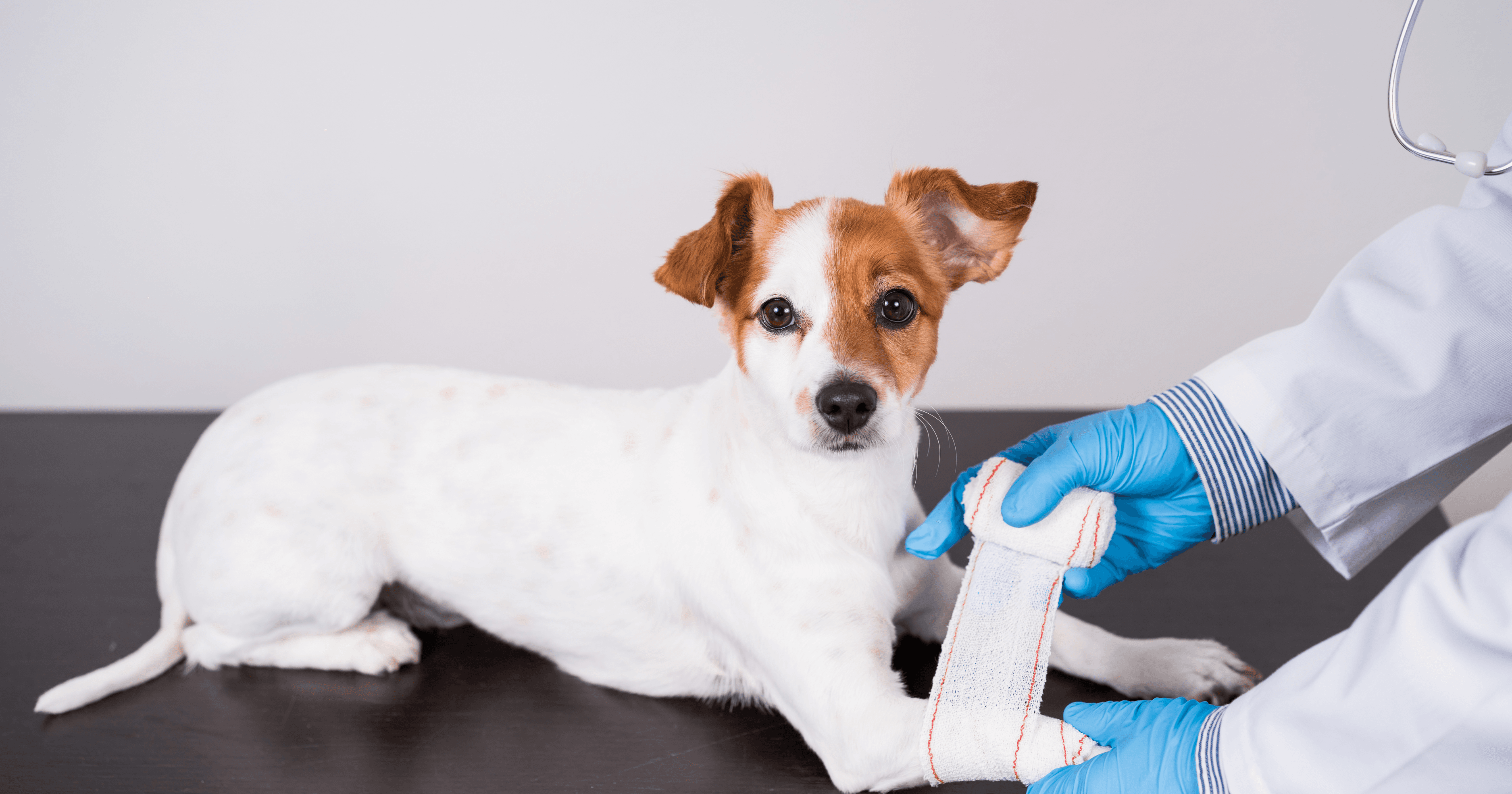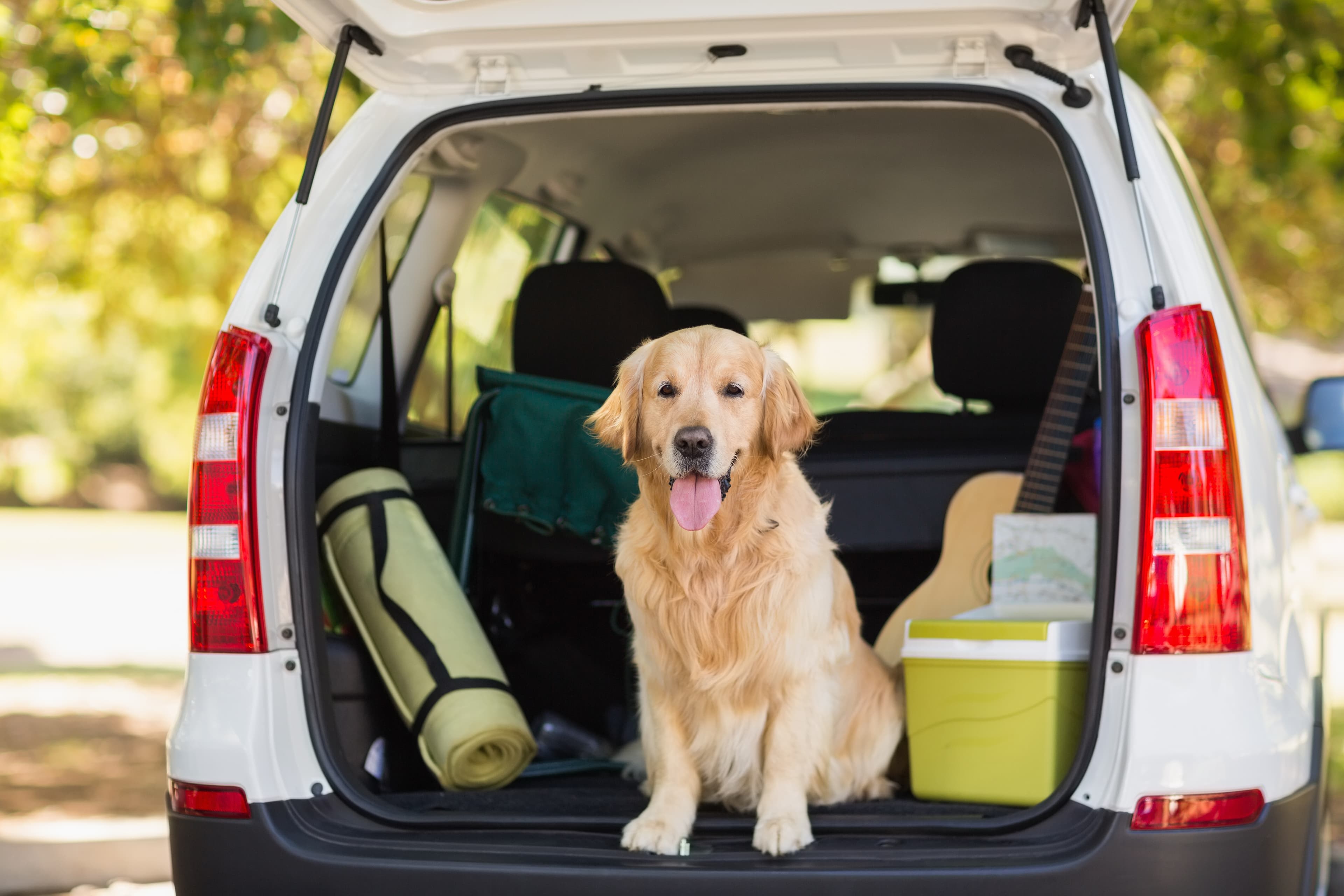Train travel with a dog
The travel season is starting, and many of us want to take our four-legged friend on vacation. Traveling by train can be a comfortable and eco-friendly way to travel with your dog. With proper preparation and some practical tips, the train journey can be pleasant and stress-free for you and your dog. Here are some important points to keep in mind:
1. Preparation Before the Journey
Vet Visit: Ensure your dog is healthy before the trip. A quick check-up with the vet is advisable, especially if your dog is prone to travel stress.
Travel Documents: Some train companies require specific documents or certificates, such as proof of vaccination. Check the requirements of the train company in advance.
Transport Box or Dog Harness: If your dog is small enough, they should travel in a transport box. Larger dogs should wear a secure dog harness that can be attached to a fixed point in the train.
2. Training and Acclimatization
Short Trips: Gradually get your dog used to train travel. Start with short train rides to familiarize them with the new environment and sounds.
Positive Reinforcement: Reward your dog with treats and praise when they remain calm and relaxed. This will help them associate train travel with positive experiences.
Relaxation Exercises: Practice having your dog stay calm in a designated spot, either at home on their blanket or in their box, and then transfer this behavior to the train.
3. Packing List for the Train Journey
Water and Food: Pack enough water and a collapsible bowl. Depending on the length of the trip, you may also need food or snacks.
Waste Bags: Make sure to bring enough waste bags to dispose of your dog's waste.
Blanket or Cushion: A familiar blanket or cushion can help your dog relax and feel at home.
Toys and Chews: A favorite toy or chew can help keep your dog occupied and calm.
4. During the Train Ride
Stay Calm: Try to remain calm yourself. Dogs can sense their owner's excitement and may become stressed as well.
Regular Breaks: If possible, plan breaks where your dog can move around and relieve themselves. Many train stations have green areas for this purpose.
Hydration: Ensure your dog drinks water regularly, especially on longer trips.
5. Arrival at Your Destination
Acclimatization: Give your dog time to adjust to the new environment. A short walk can help ease the initial tension.
Routine: Try to maintain your dog's usual routine as much as possible. Regular feeding and walking times provide security.
Additional Notes:
Costs: Small dogs often travel for free. Larger dogs usually require their own ticket.
Transport Rules: Small dogs must travel in a transport box, while larger dogs must be leashed and muzzled.
Have a great trip and enjoy your time with your four-legged friend!






